Last updated on
Explore the key differences between slide-in and freestanding ranges. Learn their unique features and make an informed decision for your kitchen upgrade.
Are you in the market for a new range but unsure whether to go with a slide-in or freestanding model? As a seasoned male home decorator, I’ve seen my fair share of kitchens and have helped many homeowners make this decision.
While both types of ranges have their pros and cons, there are some key differences that can make one option more suitable for your kitchen than the other.
In this article, I’ll break down the differences between slide-in and freestanding ranges so you can make an informed decision that suits your needs and style. So let’s dive in!
Key takeaways:
- Slide-in ranges fit seamlessly between countertops for a sleek look.
- Freestanding ranges offer more placement flexibility and storage space.
- Slide-ins require professional installation, while freestanding ranges can be DIY installed.
- Slide-ins have a more integrated design, while freestanding ranges offer more variety.
- Slide-ins provide a stable cooktop, while freestanding ranges prevent spills.
What's Inside
Slide-In Ranges Overview

Slide-in ranges are designed to fit seamlessly between your kitchen countertops, giving a sleek and modern look. Unlike freestanding ranges that have finished sides and back panels, slide-ins only have a front control panel with no side or back flanges.
This design feature makes them ideal for open-concept kitchens where the range is visible from all angles.
Another advantage of slide-in ranges is their installation process. They require less space than freestanding models since they don’t have any protruding parts at the rear end, making them easier to install in tight spaces.
However, it’s important to note that because of their unique design features and installation requirements, slide-in ranges tend to be more expensive than freestanding models.
Freestanding Ranges Explained

They are designed to stand alone and can be placed anywhere in your kitchen, making them a popular choice for homeowners who want flexibility with their layout. Freestanding ranges come in a variety of sizes, styles, and colors to match any kitchen decor.
One advantage of freestanding ranges is that they typically have more storage space than slide-in models. This is because they have a back panel that extends above the cooktop where you can store pots, pans or other cooking utensils within easy reach.
Another benefit of freestanding ranges is their versatility when it comes to installation options. They don’t require any special cabinetry or countertop modifications like slide-in models do since they’re designed to fit into standard openings between cabinets.
However, one downside of freestanding ranges is that there may be gaps on either side between the range and countertops which could allow food debris or liquids to fall through during cooking – something you won’t experience with slide-ins as these types sit flush against your counters for an integrated look.
Installation Differences
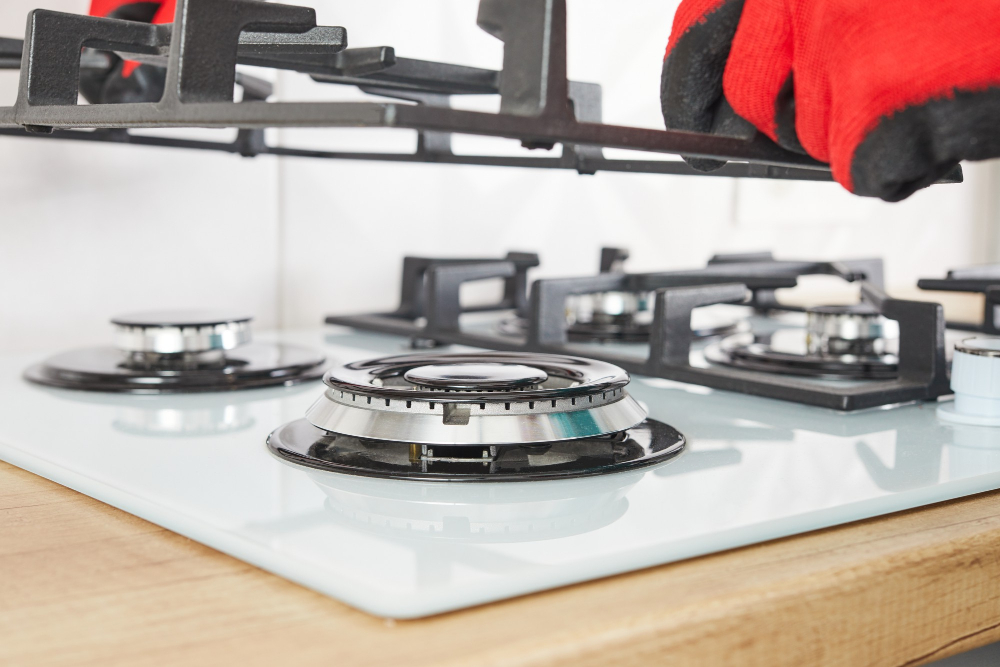
This means that they don’t have a back panel and require a cabinet or wall for support. On the other hand, freestanding ranges can be installed anywhere in your kitchen as long as there’s an electrical outlet and gas line (if applicable) nearby.
Another key difference is that slide-in ranges typically require professional installation due to their custom-fitting design. Freestanding models, on the other hand, can often be installed by homeowners themselves with minimal effort.
It’s important to consider these differences when choosing between a slide-in or freestanding range for your kitchen upgrade project. If you’re looking for a sleek and seamless look with custom fitting capabilities but don’t mind paying extra for professional installation services, then go with the slide-in option.
Design and Aesthetics
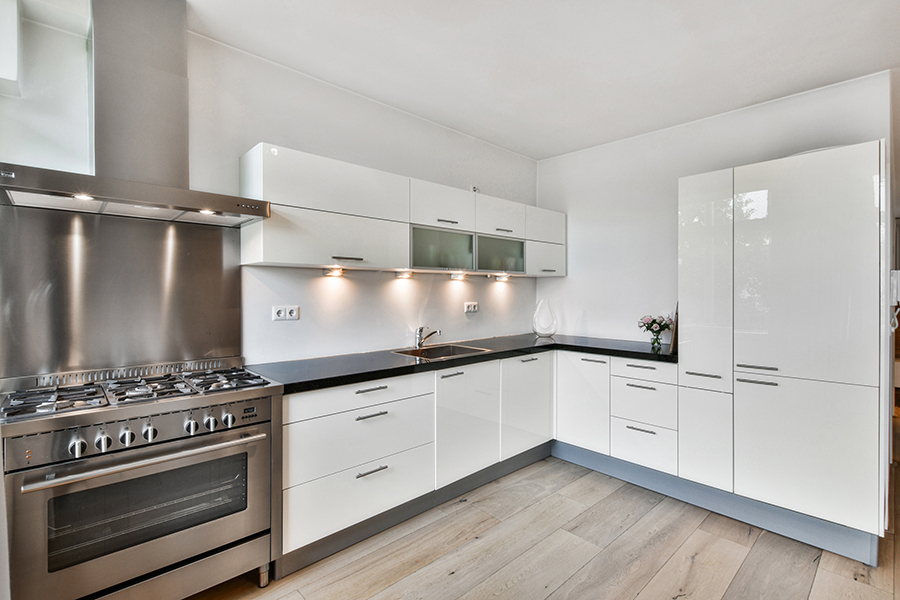
They have a sleeker look because they sit flush with your countertops, giving your kitchen a seamless appearance. Slide-ins also tend to have front-facing controls that are easy to access and use.
On the other hand, freestanding ranges offer more flexibility in terms of placement since they don’t require any specific cutouts or modifications in your cabinetry. They can be placed anywhere there’s an electrical or gas hookup available.
Ultimately, choosing between slide-in and freestanding ranges will depend on what you prioritize most: style or flexibility? If you’re looking for a range that seamlessly integrates into your kitchen’s design scheme while offering top-notch cooking performance, then a slide-in model might be right for you.
Cooking Performance

However, there are some differences that may affect your decision. Slide-in ranges typically have a cooktop that sits flush with the countertop, which can provide a more stable surface for pots and pans.
This design also allows for easier movement of heavy cookware between burners.
On the other hand, freestanding ranges often have raised edges around the cooktop to prevent spills from dripping onto cabinets or floors. While this feature is practical in terms of cleaning up messes quickly and easily, it may make sliding larger pots across burners more challenging.
Another factor to consider is oven size and configuration. Some slide-in models come with dual ovens or warming drawers built into their design while most freestanding models only offer one large oven compartment.
Space Requirements
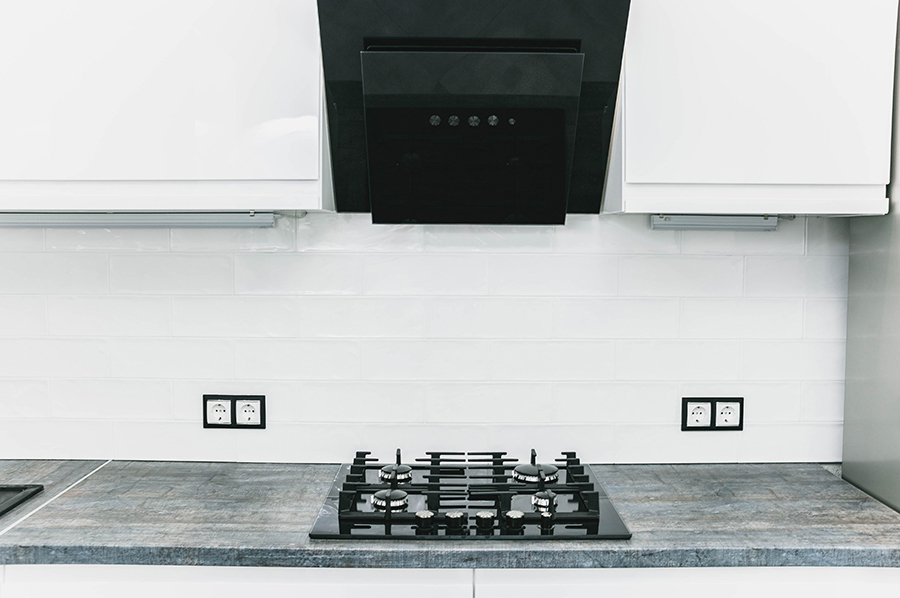
These models are designed to fit flush with your countertops, which means they require less clearance at the back of the range compared to freestanding models. This makes them ideal for kitchens with limited space or where you want an unobstructed view of your backsplash.
On the other hand, freestanding ranges have more flexibility when it comes to placement since they don’t need any support from surrounding cabinetry or countertops. They can be placed anywhere in your kitchen as long as there’s enough room around them for ventilation and safety purposes.
Price Comparison
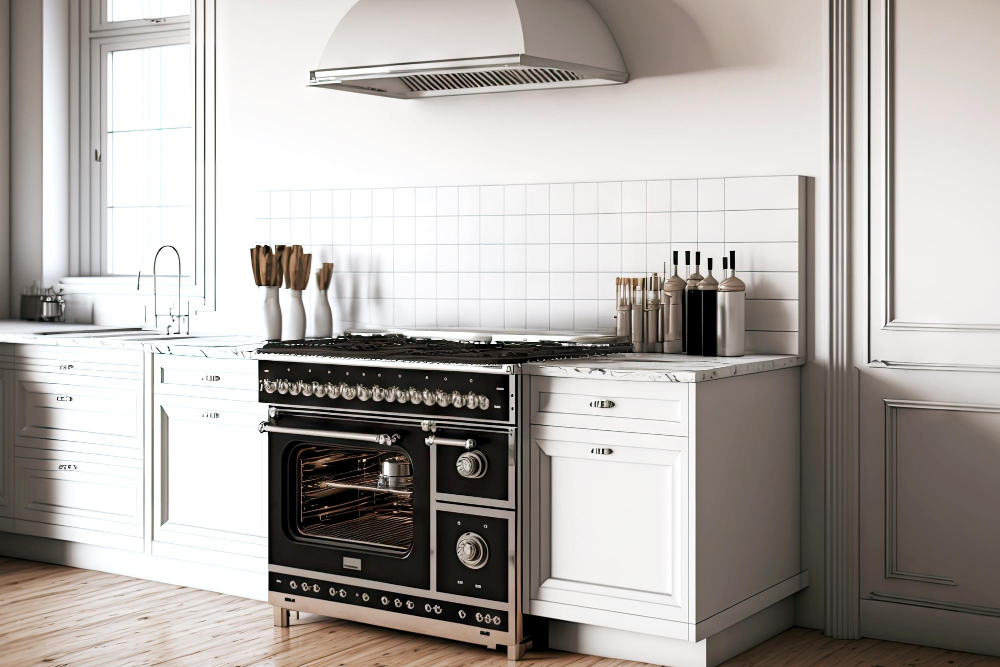
This is because slide-in ranges require a custom installation and often come with additional features such as front controls and a sleeker design. Freestanding ranges, on the other hand, can be easily installed in any kitchen without the need for customization.
However, it’s important to note that there are still many factors that can affect the overall cost of both types of ranges. For example, high-end freestanding models with advanced features like convection cooking or self-cleaning options may end up costing more than some basic slide-in models.
Pros and Cons
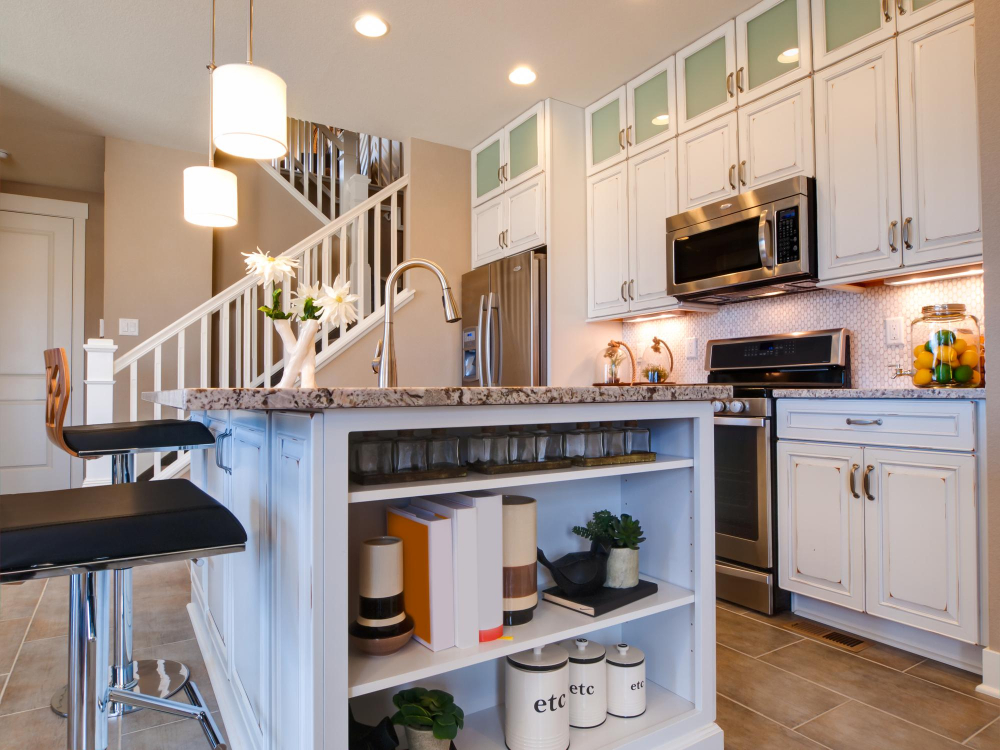
Let’s take a closer look at each.
Slide-In Ranges
Pros:
- Sleek design that blends seamlessly with your countertops
- Typically wider oven capacity due to lack of back control panel
- Front controls make for easier access while cooking
Cons:
- More expensive than freestanding ranges
- Requires custom-fitting installation between cabinets or countertop
Freestanding Ranges
Pros:
- Less expensive than slide-in models
- Easier installation as they can fit into any standard range opening without customization.
- More variety in terms of size, style, and features available on the market.
Cons:
- Bulkier design may not blend well with kitchen aesthetics.
- Often have less oven capacity compared to slide-ins due to the back control panel taking up space.
Ultimately, choosing between a slide-in or freestanding range will depend on your personal preferences regarding aesthetics, functionality needs (such as oven size), budget constraints and kitchen layout.




